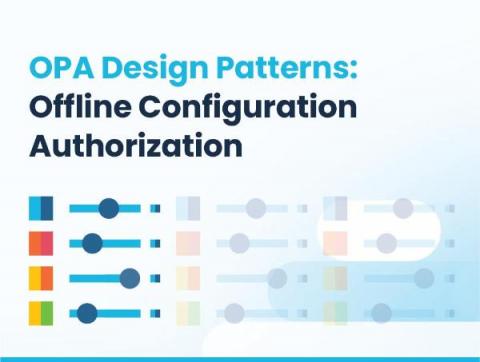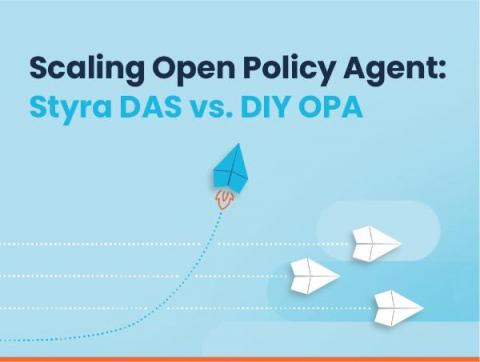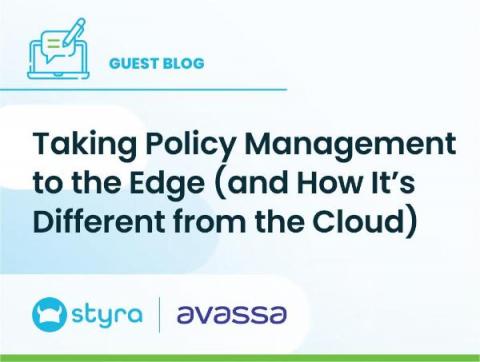OPA Design Patterns: Offline Configuration Authorization
An OPA design pattern, as detailed in a previous post, gives you an architectural solution to solve one or more common policy problems. In this blog post, we describe what we call the Offline Configuration Authorization design pattern for OPA. Remember that each OPA design patterns covers the following information.





